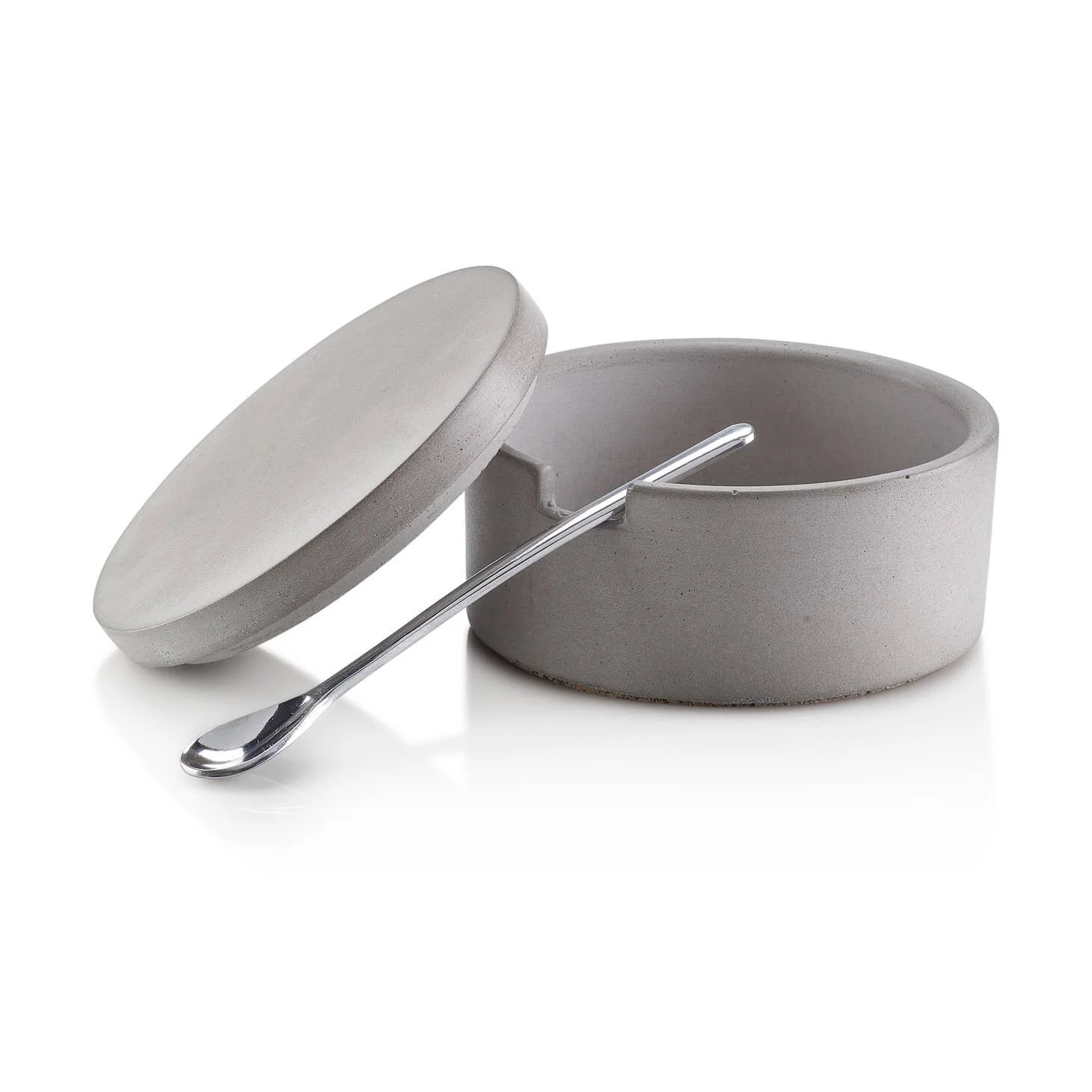Maldon Salt
Maldon Salt
The flakes are huge, light and fluffy, giving an appealing crunch which is absolutely unique to Maldon Sea Salt. Hand-harvested maintaining the traditional methods of hundreds of years and one of only four manufacturers still producing salt in England. Maldon sea salt is not only highly regarded by top chefs from around the world but also by health-conscious food enthusiasts. Quite simply, the best finishing salt.
Take this delicious little salt tin with you everywhere you go! Available in Original and Smoked. If you're as picky about a great finishing salt as we are, then this is a must!
BOX:
Traditional @ 8.5oz - $8.95
Smoked @ 4.4oz - $8
This highly prized gourmet sea salt is hand-harvested maintaining the traditional methods of hundreds of years. The UK based Maldon Salt Company is one of only four manufacturers still producing salt in England. Maldon sea salt is not only highly regarded by top chefs from around the world but also by health-conscious food enthusiasts.
What Makes Maldon Sea Salt So Good? First, it is the absolutely unique texture of Maldon Sea Salt. The flakes are huge, light and fluffy, giving an appealing crunch. Each handful provides an exquisite array of sizes and shapes, from flat and crispy shards to larger intact crystals that are shaped like pyramids. Not only is the texture unique, but the flavor is fantastic, too. It has a reputation for being particularly briney with a distinct “salty” flavor. A little goes a long way. When tasted side-by-side with regular table salt, there is no comparison. Maldon sea salt tastes like the ocean with no trace of bitterness.
Where Does Maldon Sea Salt Come From? As the name suggests, Maldon sea salt comes from Malsdon, a little town in Essex, England, on the Blackwater estuary UK. The town itself actually has a long and somewhat illustrious history involving Viking battles and Roman occupations. Though, the important element is the water itself: the Blackwater estuary. The estuary is the junction of the Blackwater River, which flows down from the northwest, and North Sea, which stretches from Britain to Scandinavia and continental Europe. The sea supplies the salt, of course, but its defining characteristics come from the unique combination of salt and fresh water flowing into the estuary from both sides. This constant influx of water from two sources provides an unusually high level of nutrients and minerals—contributing to its distinctive flavor.
Salt-making at Maldon may go back as far as 2000 years to the times when Roman legions were stationed in the village. There is evidence that they might have taken advantage of the estuary's salt content to come up with some of the original techniques for harvesting its unique salt. True salt manufacturing didn't begin until Thomas Bland bought out Maldon's struggling saltworks in 1822 to found the Maldon Crystal Salt Company. Its long, light flakes were universally praised, and within years it was found at ritzy establishments like Harrods and Fortnums.
The Maldon Crystal Salt Company is now owned by the Osborne family, who have been working the salt at Maldon for four generations. The Osbornes have brought the company into modern times, expanding the number of salt pans from three to nineteen. In 2012, Maldon Sea Salt received a Royal Warrant, an honor granted only to tradespeople who supply the royal family.
How is Maldon Sea Salt Made? Maldon gourmet sea salt was originally made by allowing tiny pools of water to dry on rocks, leaving a thin, white crust of salt. Fortunately, modern methods speed this process up now. These days, instead of waiting for water to wash over the shore, workers go out and collect it manually. This requires the correct balance of salt, location and varies a bit. In times of heavy rain, for example, the estuary fills with fresh water, the workers need to travel bit farther toward the sea to get salty enough water. Once the water is collected, it is filtered to remove seaweed, sand, and the odd crustacean, and then placed in large salt pans. The pans are heated and then cooled to remove any remaining impurities and to speed up the crystallization. Once crystallized, the salt floats to the top of the water, where it can be raked off by hand. After draining on its own for two full days, the salt is moved to an oven and dried.
Despite the modern methods, Maldon sea salt is still produced on a fairly small scale. The company has just eleven employees, and total production is just 700 tons a year. Maldon sea salt can now be found on supermarket shelves throughout the UK, but despite its popularity, it isn't a mass market product. The Maldon Crystal Salt Company doesn't package it in bulk, so it is always sold and used in small amounts.
(from LoveSeaSalt.com)













